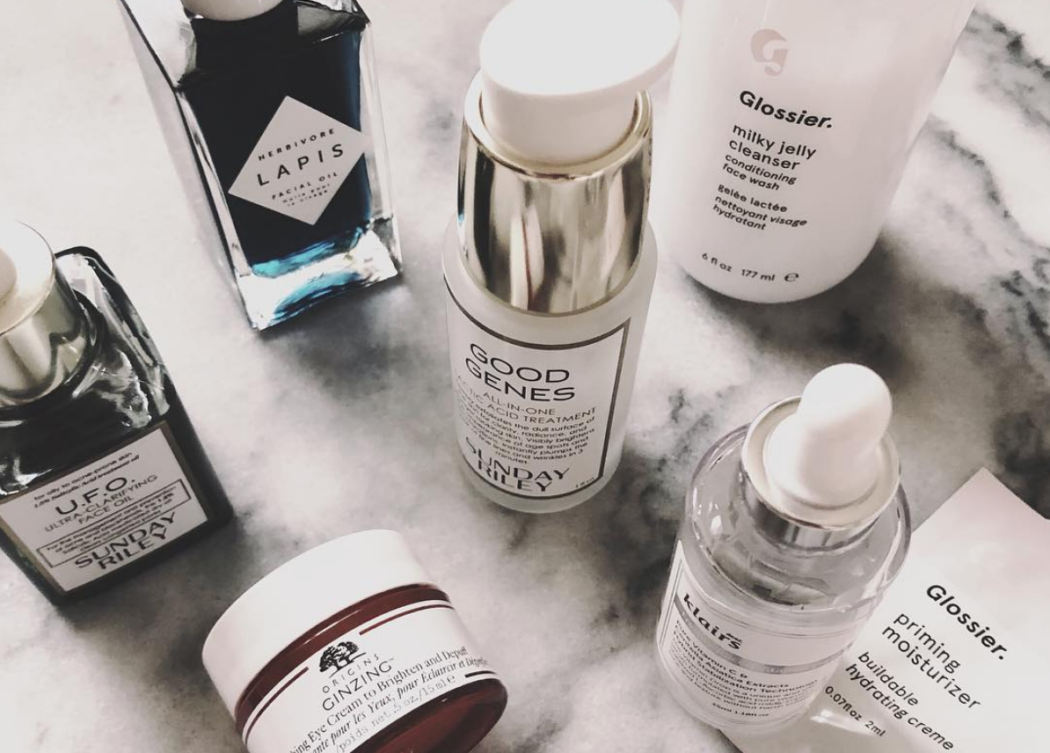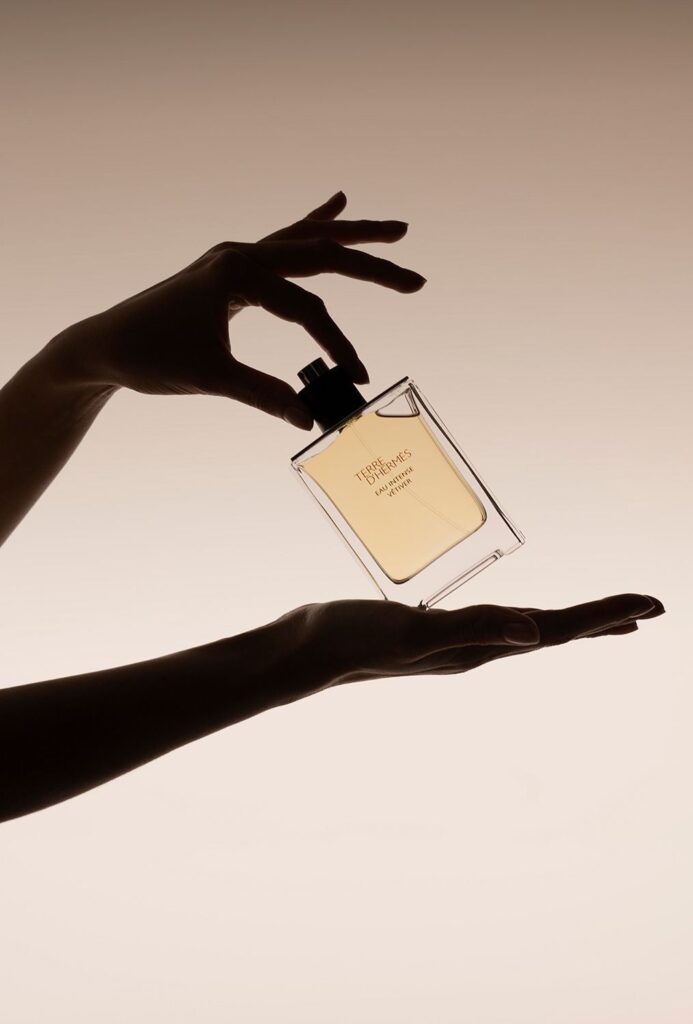Facial acids have become all the hype lately and are a staple step in many people’s skin care routines. While the names can sometimes be intimidating, these acids can help with a wide variety of issues and sound much scarier than they actually are.
Skepticism and fear of burning your skin off might turn some people away, but VALLEY can assure you that acids won’t make your skin melt — although it’s important to be cautious and work your way up to using stronger acids, because they certainly can burn.
The three major types of acids are alpha hydroxy acids (AHAs), beta hydroxy acids (BHAs) and polyhydroxy acids (PHAs). So, what’s the difference between them, and where should you start?
https://www.instagram.com/p/B1bpZOJH9kD/
AHAs
AHAs are a class of chemical compounds that bind to water and are derived from food and plant sources like sugar, fruit and milk. They’re good for exfoliating, brightening skin and soothing mild textural issues. AHAs are highly effective when it comes to penetrating the skin due to their small molecule size. Three common types of AHAs include glycolic acid, citric acid and lactic acid.
Glycolic Acid: Derived from sugar, glycolic acid is great for treating skin that is oily and/or acne-prone. It helps get rid of dead skin cells that cause blocked pores and trapped bacteria, according to an article by British Vogue.
Citric Acid: This acid is derived from citrus fruits and works best for those with early signs of skin aging. It’s also beneficial for those who have sun damage, but be aware but AHAs can also cause photosensitivity, another reason why it’s always important to wear SPF.
Lactic Acid: Lactic acid is derived from milk and is gentler than glycolic acid. Since it’s derived from milk, it’s has a moisturizing component on top of the exfoliating element that all AHAs have. Lactic acid is ideal for anyone looking to reduce hyperpigmentation and fine lines, according to Bustle.
BHAs
BHAs are derived from man-made sources and bind to oil. They can penetrate deeper than AHAs, which is why they’re good for oily and acne-prone skin as well as for unclogging pores in general. The most popular BHA is salicylic acid, which is often used as a spot treatment. Among other less common forms of BHA, willow bark helps soothe irritated skin and acts similarly to aspirin when consumed.
Salicylic Acid: This BHA is powerful and able to “break through the buildup of bacteria, oil and dead skin cells in the pore lining and dissolve it,” Jaqueline Schaffer, M.D. told SELF. This process unclogs pores and can help prevent breakouts.
PHAs
PHAs are second generation AHAs, which makes them similar to their more powerful relative in that they are great exfoliants. However, unlike AHAs, PHAs work exclusively on the surface of the skin and do not disturb deeper layers. This is because PHA molecules are much larger than AHA and BHA molecules that can more deeply penetrate the skin. According to celebrity dermatologist Patricia Wexler, PHAs are “rich in antioxidants and stimulate epidermal growth and repair.” They’re also significantly gentler than AHAs and BHAs. The most common PHA is gluconolactone.
Gluconolactone: This PHA offers all the benefits of AHAs but is gentler and more suitable for those with sensitive skin. It is often used in skin care products due to its skin-conditioning properties.
Acids can be really effective in helping many skin issues. However, there’s no one-size-fits-all when it comes to addressing problems — remember, some acids are harsher than others and not recommended for those with sensitive skin. Consider starting with a gentler acid like a PHA and gradually working your way to using stronger formulas. As always, be sure to consult a dermatologist before introducing acids to your skin care routine.





